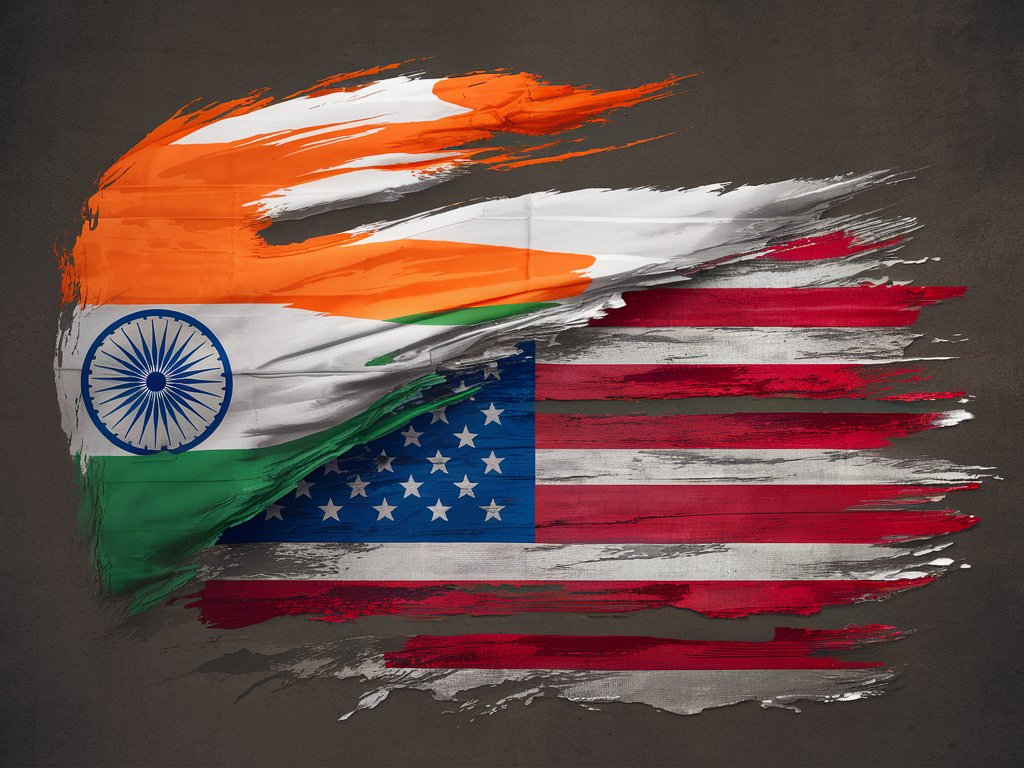Aging Out: Children in High-Skilled Indian Immigrant Families in the US
In the seventh installment of our blog series on 'Childhood and Migration,' our member Rianka Roy (Wake Forest University, US) discusses the challenges faced by US residents who migrated from India and 'aged out' of their legally dependent status.

Preeti came to the US from India when she was two months old, on an H-4 dependent visa. Her father, a computer engineer and an H-1B visa holder, eventually received his US permanent residency after twenty years. By then, Preeti turned 21, and “aged out” of her dependent status. She earned her college degree on an F-1 international-student visa, and then shifted to H-1B for her job, just like her father. Preeti has been on her H-1B for about a decade. Although she has lived in the US for almost thirty years, Preeti is not sure if she would ever become a US citizen.
Asian Indians currently represent the highest-earning ethnicity in the US with a median family income of about US$ 120,000. A significant number of Indians start their professional career in the US with the “high-skilled” H-1B visa, to work in medical, legal, technology, scientific research, and academic sectors. Yet, stories like Preeti’s are common in Asian Indian families in the US, because the indentured H-1B visa brings some hidden challenges. They tie workers to specific employers, and limit their bargaining power, cause underemployment, underpayment, and restrictions on travel and promotions. These restrictions persist for a long time—sometimes even decades—for immigrants born in India who are the largest group of beneficiaries of the H-1B program since 1990. The country-of-birth-based cap on permanent residency leaves too few Green Cards—only 9,800 every year—for the vast number of Indian applicants. The H-1B visa alone brings 85,000 workers from India every year. Currently, about 1.5 million Indians—already approved as Permanent Residents with “Green Cards”—have been waiting in the backlog for years. These conditions have some detrimental effects on their children as well.
The H-1B visa allows workers to bring their spouses and children to the US on the H-4 dependent visa. Along with their parents, dependent children can naturalize to become US citizens. But during the lengthy wait time for Green Cards, many children, who were born in India and came to the US as infants or toddlers “age out” when they turn 21. Between 2022 and 2023, I interviewed Indian tech workers in the US, including some aged-out adult children. I also attended events of Indian immigrant organizations, where many children—some still minor and at risk of aging out—participated. Based on this data, I make three observations.
First, aged-out children are required to leave their families and self-deport, or lose their legal status and become undocumented. Another option for them is to obtain nonimmigrant visas such as F-1 and H-1B which place them in the same indentured status as their parents—as Preeti’s example above shows. Elite class position indeed protects the children of high-skilled immigrants from overt violence and harm. Wealthy Indian immigrant parents even support their children’s education and skill development with the best material resources. But the risks of forced family separation, of losing documented status, and acquiring generational indenture echo the harsher ways in which other racialized and poor immigrants, African Americans, and Indigenous populations have long been treated in the US. The seemingly “neutral” process of aging is, thus, turned into an instrument of carceral or prison-like control over minoritized populations.
Second, children at risk of aging out are exposed very early to trauma-centric family discussions. High-skilled immigrant parents inform their children about the “Green-Card backlog.” They prepare children for their struggle as what they call “second-class noncitizens,” implying that they would probably never receive even “second-class citizenship.” Parents have to explain to the children why they are excluded from many career-building opportunities such as scholarships and summer jobs. For example, Mili came to the US at 5 years. Recently, her college reduced her 100% tuition-waiving scholarship to 30% when it learned about her dependent status. In turning 21, Mili would lose even this minimum financial support. Her father, Mukund, remarked that her aging out was all that the family would discuss and worry about.
Third, aging out also motivates Indian immigrant workers and their children for activism. Many H-1B visa holders join protests about the “Green-Card backlog,” primarily for their children. Activists bring their minor children to various campaigns. I observed during my fieldwork that the media and US lawmakers seemed most moved by the children’s—especially minors’—stories about the risks of family separation. Aged-out adult children have been organizing through groups like Immigration Voice and Improve the Dream to publicly share their stories.
Globally, immigrants face many obstructions to citizenship in the host country. But “aging out” lays bare the alarming extent of precarity in current labor and migration regimes that does not spare even high-income immigrants and their children—particularly when they are non-white and come from the Global South.